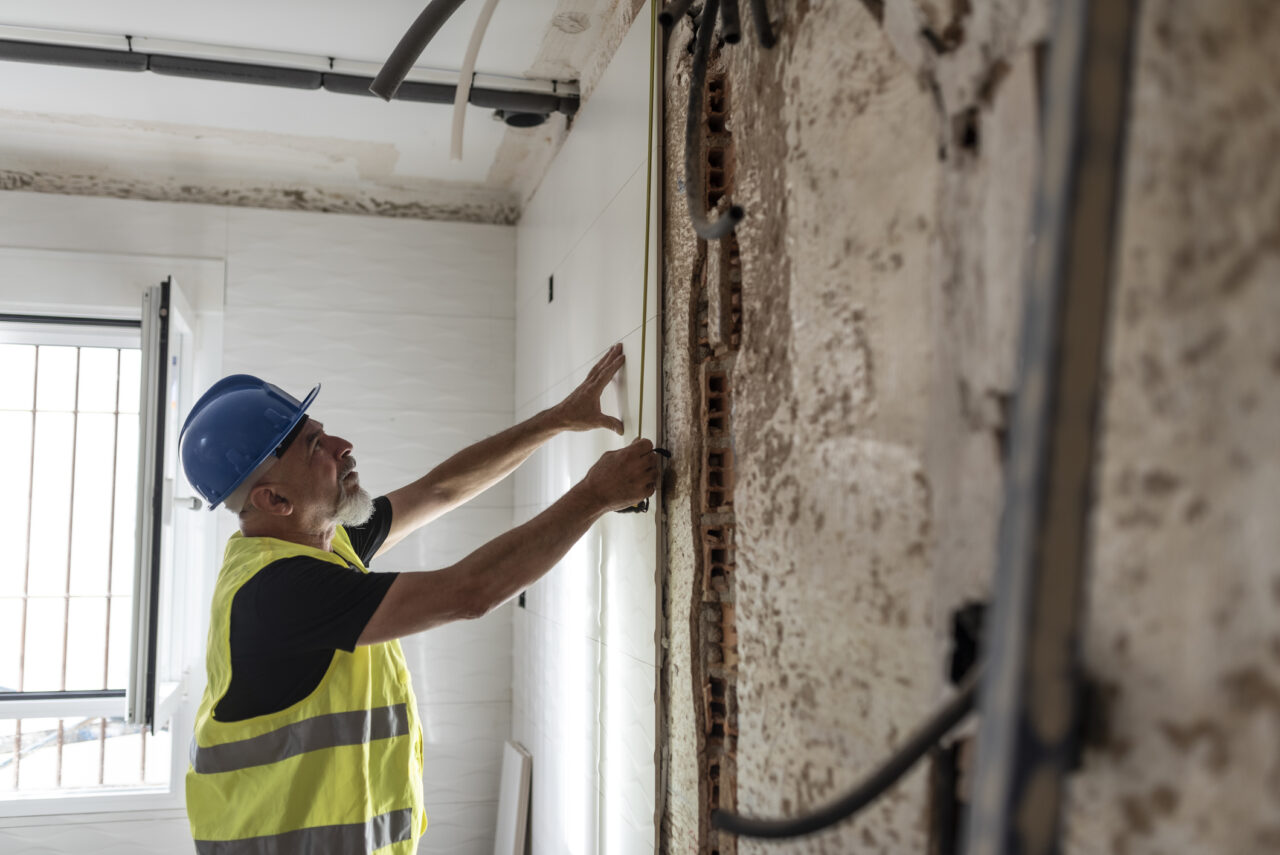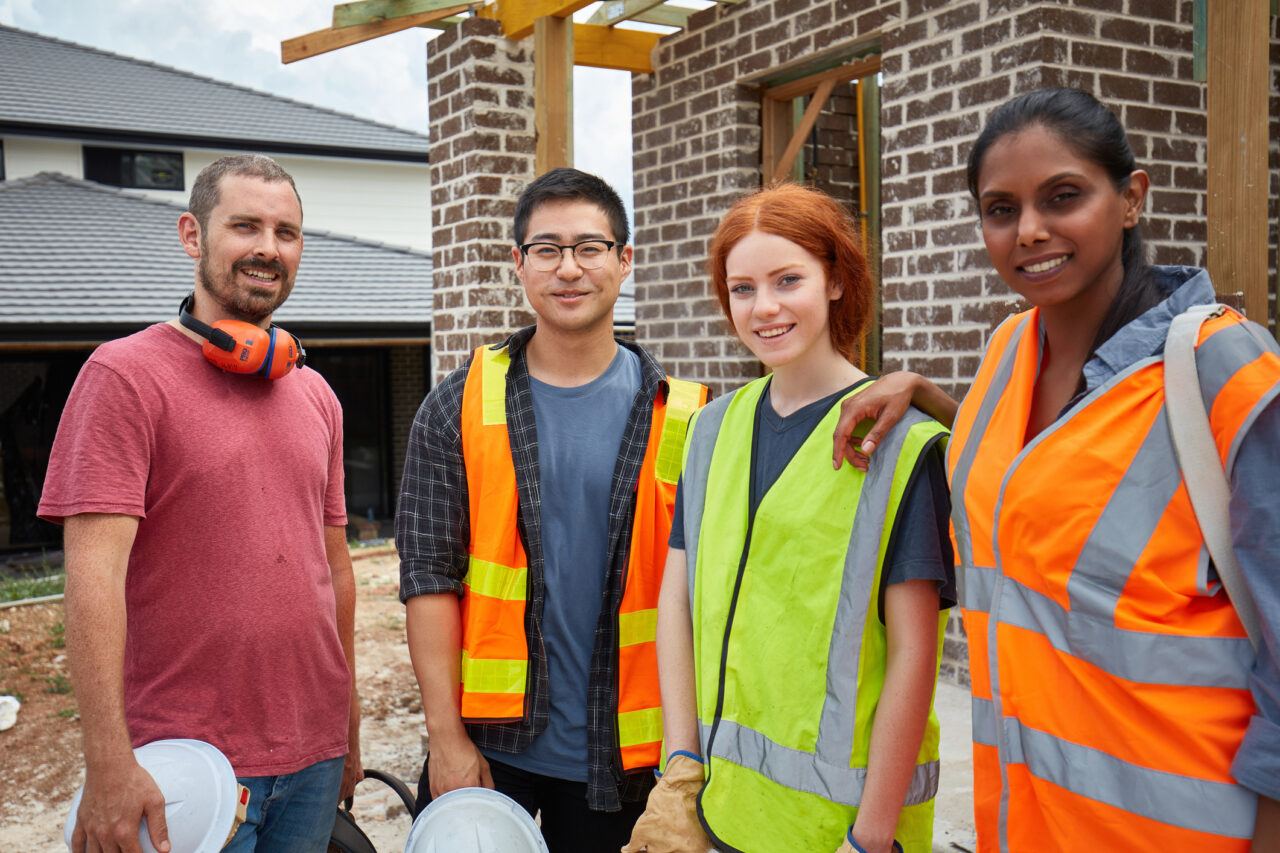Developing a workforce program that can support your housing goals is a win-win: 1) creating jobs while 2) ensuring there is a pipeline of trained workers to carry out healthy housing programs, practices, and policies.
Everyone Deserves to Live in a Safe and Healthy Home
Healthy housing promotes the healthy growth and development of children and has the potential to save billions in health care costs. The US Department of Housing and Urban Development (HUD) has identified the eight healthy home principles1 that can promote a safe and healthy life. Homes need to be dry, clean, safe, well-ventilated, pest-free, contaminant-free, well-maintained, and thermally controlled, in addition to being accessible and affordable. To ensure the health and well-being of residents, cities, towns, and villages need access to a workforce capable of performing inspections, remediations, and home performance improvements. An NLC infrastructure job report identified that it took significantly longer to fill infrastructure jobs in cities than non-infrastructure jobs2. A municipality must have access to a workforce that can support healthy housing initiatives to alleviate the burden placed on residents and rapidly address housing hazards.
Three Key Lessons from Successful Workforce Programs
This toolkit identifies Eight Actions3 that municipalities can adopt to develop a strong healthy housing workforce. Municipalities have interwoven three key themes throughout successful workforce development programs. Click the arrows to expand each section and learn about each guideline.
Emphasize green skills rather than green jobs.
Recently, green skills have been reported to be one of the most-requested skills by employers. Ensure that training programs lead to employer-recognized and transferable credentials (certificates, degrees, badges, licenses, etc.) that enable workers to document they have critical in-demand skills. Emphasizing green skills provides an individual with the ability to take a comprehensive approach to supporting healthy housing initiatives.
Recognize the greening nature of existing work.
Trained employees can consider how their education can be applied to roles outside of a green-centric job position, for example, incorporating healthy housing practices into the workplace. The focus is on creating an employee who is not only capable of performing inspections and remediation but also someone who is knowledgeable and understands the importance of implementing green and healthy housing practices generally. Promoting a greening workforce allows local leaders to generate new job opportunities that can adapt and support healthy housing programs, practices, and policies. Individuals with a background in green and energy efficiency can apply their talents to ensure homes are developed with a health equity focus.
Incorporate an equity-focused approach.
Despite the increasing popularity of green jobs, women and people of color are still underrepresented in the field4. Barriers to access and a lack of supportive services mean that it is more difficult for these individuals to seize these new opportunities. Municipalities need to consider an equitable approach to workforce programs and ensure that all are incorporated into the development process.
About the Toolkit
This toolkit provides city, town, and village leaders with the resources to develop a healthy housing workforce program. It consists of eight actions listed below to take leading to that goal. The Actions are presented in a recommended chronological process, though how various municipality leaders build their healthy housing workforce program may vary.

Action 1
Assess

action 2
Plan

action 3
Build Partnerships

action 4
Identify Funding & Grant Opportunities

action 5
Create Public Awareness Through Outreach

action 6
Implement Policy & Incentives

action 7
Building the Healthy Housing Workforce Pipeline

action 8
Monitor & Evaluate

more
Acknowledgements & Appendices
End Notes
1 “Healthy Homes for Healthy Families.”
2 “How Hard-to-Fill Infrastructure Jobs Impact Building Our Future.”
3 “Why Green Jobs Plans Matter and Where US Cities Stand in Implementing Them | Brookings.”
4 “Reversing America’s Poor Track Record on Inclusivity in Infrastructure Jobs.”







